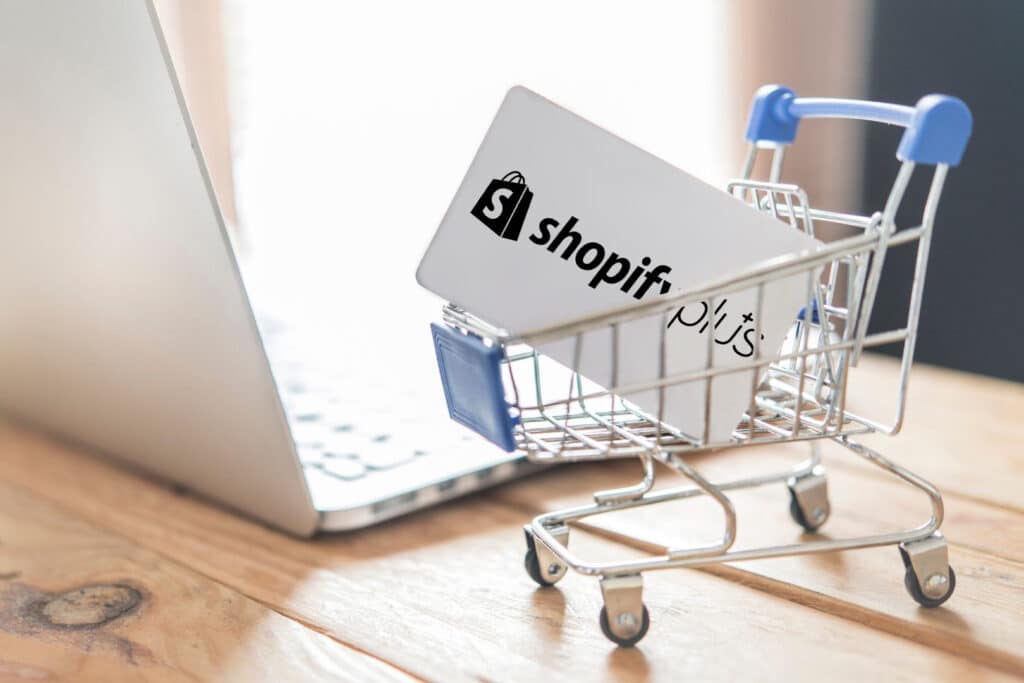More revenue for manufacturers and distributors now comes from digital channels than ever before but research shows there’s still a long way to go before business to business (B2B) customers have full self-service options.
Direct sales and channel partners still account for most transactions but there are opportunities to transform performance with a digital commerce strategy.
B2B ecommerce priorities
As an increasing proportion of B2B buyers are now millennials and Gen Z expectations for easy and effective online self-service are high. They want to find detailed product information, specifications and recommendations online and to buy directly from your website.
The majority prefer to buy online rather than placing their orders with a sales representative. While almost three quarters of B2B companies in one survey said they were making more direct sales on their website in 2021, compared with just over half in 2020, improved customer experiences are needed.
If you are concerned that digital sales will disrupt your established offline sales channels there is plenty of scope to create a new environment where they can work together seamlessly. This could include empowering your field sales professionals with mobile tablet devices so they can access real-time information about pricing and stock availability, see customer accounts, and place orders on their behalf.
You can also explore how online self-service could open up new opportunities overseas or for different sectors that you can’t currently accommodate.
Create your B2B ecommerce roadmap
Enabling self-service for B2B buyers is often the first and most important step of the digital journey for manufacturers and distributors. Depending on your business type, you could start with customers outside of your main sales areas, focus on a specific segment or stage of a customer’s lifecycle, or those who place frequent repeat orders.
You will want to define the specific business benefits you will realize through a self-service approach. These could include reduced customer service enquiries concerning order status, reordering or billing with near real time information provided through business systems integration. You might want to improve the speed of your quote to cash process for increased profitability with around the clock self-service. You could also explore automation to provide personalized product recommendations based on buyer behavior to increase sales.
Once your customers are registered on your site you can also streamline your after sales services with reordering reminders, offers and updates.
The next steps
Assisted ecommerce can combine your online and offline sales channels and allow your customers to decide how and when they want to engage with you. This is ideal for longer and more complex sales cycles which involve multiple decision makers and extensive research and specification processes.
By reducing buyer uncertainty during the B2B sales process you can help them navigate complex organizational purchasing requirements with flexible processes and tailored information. You can speed up purchasing decisions and build confidence for placing higher value orders.
Your sales team can become involved at the right time to answer questions and to become a trusted advisor, giving the benefit of their product knowledge and experience. Even where your online information is high quality your buyers will value assistance to interpret and use it effectively.
Phone calls, email, live chats, document sharing, complex orders and online product building can all be coordinated seamlessly. Once finalized, orders can be approved digitally or be handled by your sales team, depending on your customer’s needs.
Implement your B2B ecommerce self-service strategy
It’s important to take account of your organization’s culture when planning your implementation program.
While deep integration and automation will benefit your business in the longer term you might want to start by introducing self-service to priority customer groups or internal departments, depending on the potential impact on your core business and revenue streams.
You will also need to assess the implications for your existing offline channel partners and ensure that they can see clear benefits too. This might include simplified ordering, up to date pricing according to their contract terms, and accurate information about stock levels and deliveries.
If you have a well-established field sales structure your compensation model will need to be updated to recognise sales through digital channels and to motivate adoption.
To be sure you are achieving your intended results you will also want some realistic and useful key performance indicators and an approach to generating helpful and actionable insights based on the rich data you will be able to collect, based on your customers’ online activities.
Take the first step
Since 2009 Williams Commerce has delivered innovative B2B ecommerce solutions. We use all this experience to help our customers define their ecommerce strategies, design and build their ecommerce platform and market their businesses online.








